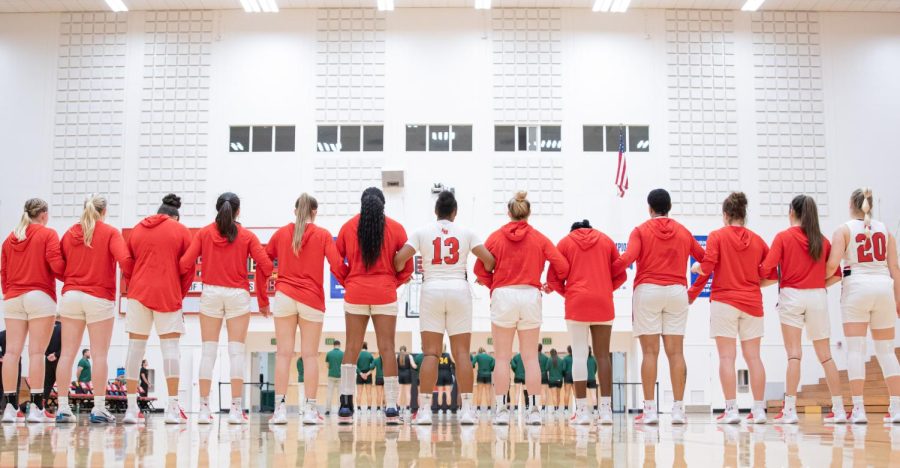With the amount of college student loan debt about to eclipse car and credit card debt combined, federal lawmakers are well advised not only to begin new conversations about how to support students who depend on financial aid but to put aside the political games in order to reach a decision, and soon.
According to a report done by NPR, student debt has doubled in just over a decade. Many students now find it nearly impossible to pay off loans while also providing for themselves and their families. And the uncertainty of the job market only exacerbates the issue.
The average debt per graduate is now approximately $26,000, bringing the nationwide total to nearly $1 trillion. To put this in perspective, the average debt of CSU East Bay graduates in 2010 was $15,958, while the state average — both private and public — in 2010 was $18,113, according to the Institute for College Access and Success.
In 2000, just 10 years before, the average debt for a student at a California public university was just $10,700, according to the College Board.
This increase can be attributed to both the rise in overall tuition as well as the rise in enrollment of low- and middle-income students who have a greater need for loans. The need for college student loans is real, though the issue of finding a sufficient funding source and stable interest rate is just as real.
The federal government had its hand in this process for the longest time. The current Stafford loan contract states that interest rates are to gently fall down to 3.4 percent, making the payback rate for students more realistic, though certainly not easy. But when that contract ends on July 1, 2012, that loan rate is in jeopardy, making a new plan imperative.
Thus, two new bills have been introduced to the federal legislature, drafted by either Democrats or Republicans, suggesting an alternate funding option.
The Democrat-supported bill would make the college loan interest rate lower by making adjustments to Social Security and Medicare.
The Republican bill, conversely, would hold steady the current interest rate (3.4 percent) for one more year through drawing $6 billion from a preventive health campaign initiated through the president’s health care plan, dubbed Obamacare.
Just two days ago, a Republican filibuster in the Senate halted the movement of the bill sponsored by the Democrats.
The same goal could be reached by passing either plan, but the partisan politics that have become so common in Washington make it so that neither party will compromise on the source of funding to keep student loan rates low.
Despite the urgency of this issue, the editors of The Pioneer are appalled to see so little being done.
In order to ensure that middle- and low-income students can continue to rely on student loans in the future, our elected officials must put aside petty politics and pass either piece of legislation. A plan that crosses party lines will enable college students and their families to be more proactive about money management and use of federal loans. It will also enable millions of students to create responsible payback plans to begin to eliminate some of their staggering debt.
A strong educational system and a population of young workers who are not drowning in debt will contribute to strengthening our economy in the future. In a day where getting a bachelors degree is more important than ever before, the country can’t afford to waste time.










